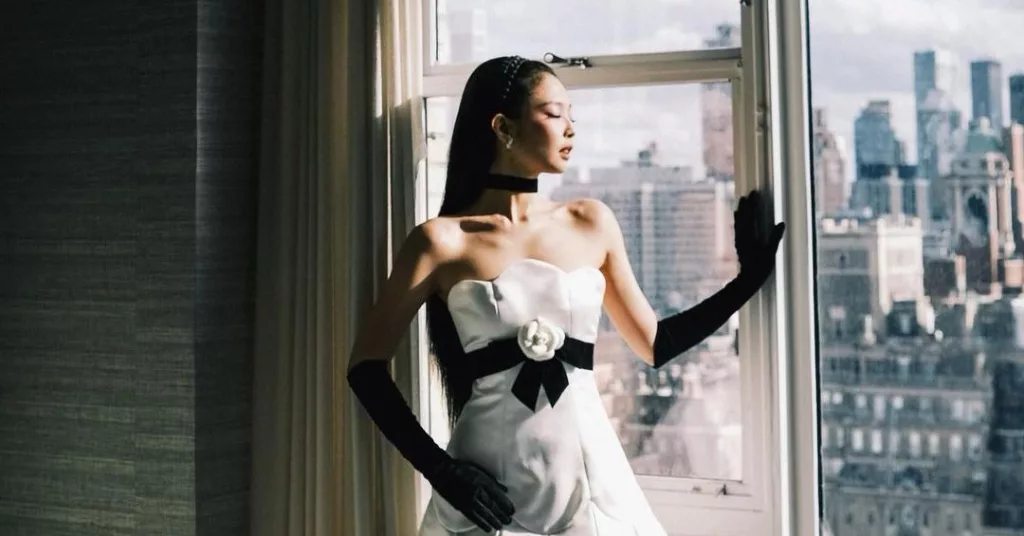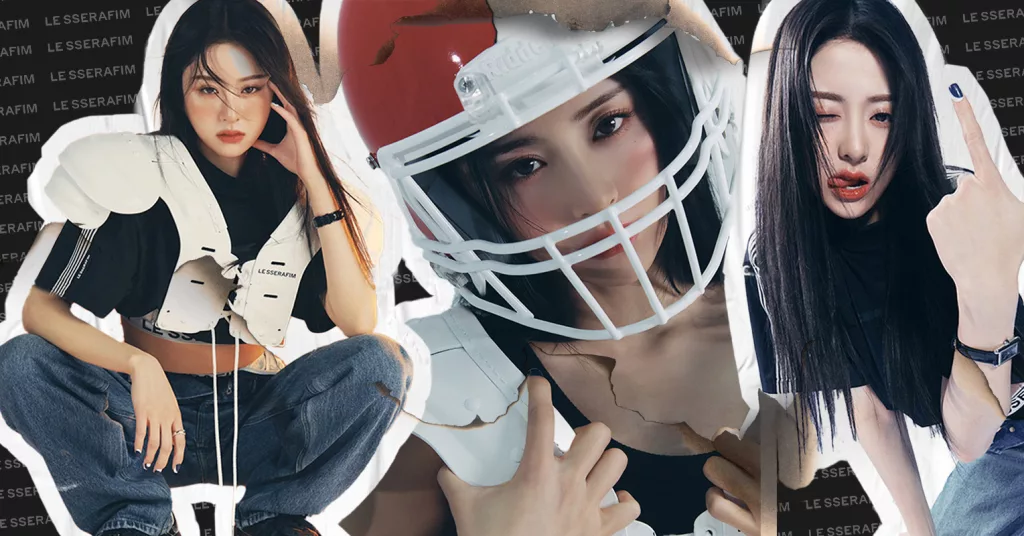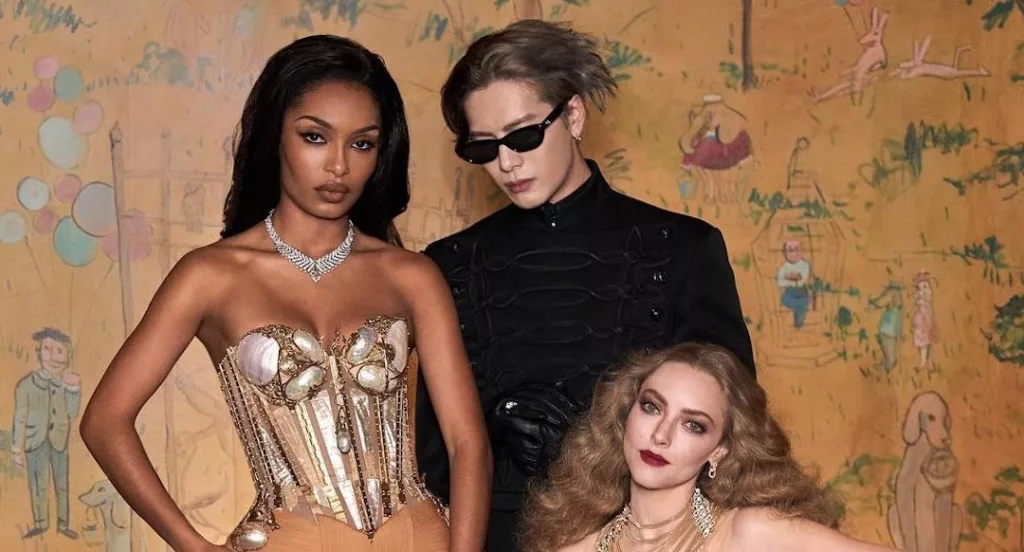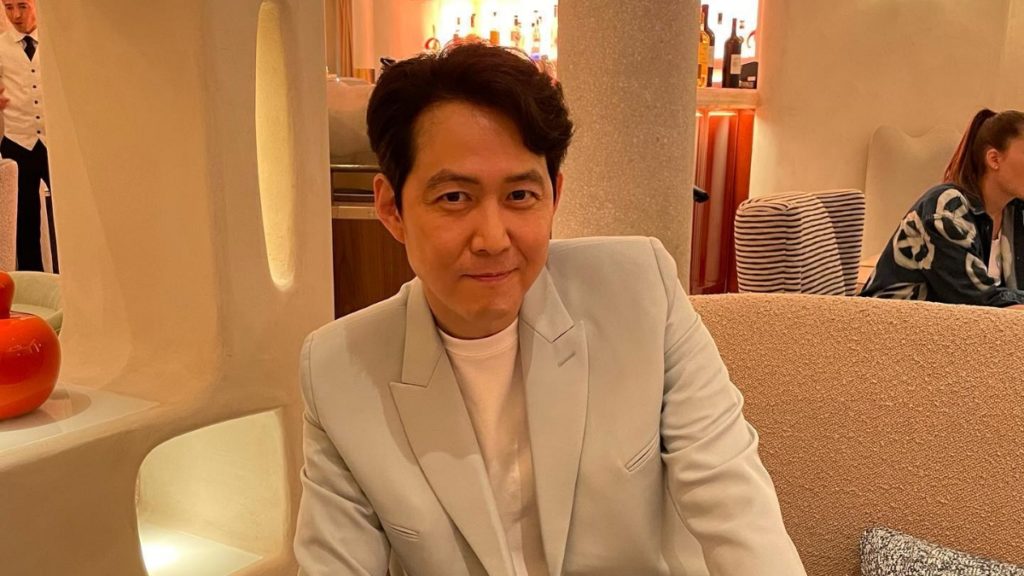A Quick Guide to the 2023 Met Gala Theme, “Karl Lagerfeld: A Line of Beauty”
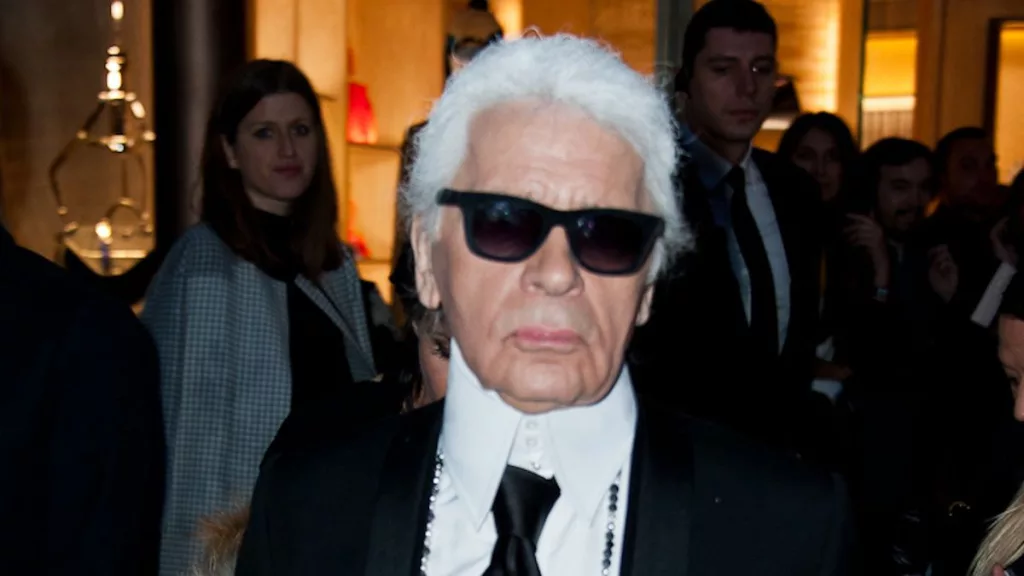
April is coming to an end and the first week of May is fast approaching. This can only mean one thing: the Met Gala is around the corner. This year, the Costume Institute’s annual fundraiser is celebrating the opening of an exhibition that commemorates the legacy of Karl Lagerfeld. With the German designer as the center of this year’s theme, controversy has also risen — in life, he was accused of making discriminatory comments regarding body positivity, the #MeToo movement, and other progressive issues. Nevertheless, the Costume Institute at the Metropolitan Museum of Art will be highlighting Lagerfeld’s impact on fashion with the theme “Karl Lagerfeld: A Line of Beauty.” Attuned with the general subject, the dress code is “in honor of Karl.” To better understand the theme and the interpretations from stars attending American fashion’s biggest night, EnVi looks back at crucial moments from Lagerfeld’s career.
Wooly Beginnings in Balmain
In 1954, Karl Lagerfeld won the International Woolmark Prize in the coat category, marking his first major achievement in the world of fashion. At this event, Lagerfeld crossed paths with Pierre Balmain and, shortly after, became an assistant to the couturier. Working with the famed couturier, Lagerfeld contributed to creating refined works that were architectural, structured and the pinnacle of opulence. In the words of Balmain’s current creative director, Olivier Rousteing — who created a tribute look for the pages of Vogue — what Lagerfeld did at Balmain was “emphasising a tiny waist, bigger shoulders, [and] playing with the buttons.” Referencing the beginning of Karl’s journey in the world of high fashion, the guests of the Gala could take a page from Balmain’s book and don pieces with an emphasis on savoir-faire and structure for this year’s dress code. They could also opt for more literal interpretations, channeling the designer’s iconic style in custom Balmain looks, just like Naomi Campbell did for Vogue’s May 2023 issue.
Practice in Patou
One of Lagerfeld’s earliest leading positions was as art director of Patou. Founded in 1914, Patou can be credited as a pioneering brand in the progression and liberation of womenswear. When women were expected to dress in a constrained manner, the house introduced short skirts, low backs, corsetless dresses and athletic wear that was meant for public dressing. Lagerfeld joined the house in 1957, when the brand had already established a reputation as a coveted brand for progressive women. As a risk-taking spirit becomes a core value of Patou, people attending this year’s Met Gala might look into adopting understated elegance or dressing boldly to celebrate the designer’s days in Patou.
Introducing Chloé’s Boho-Chic
After his tenure at Balmain and a period of freelancing for European brands, Lagerfeld became the creative director for Chloé between 1974 and 1983. The designer then reprised the role a second time from 1992 to 1997. At the helm of the French fashion house, the designer introduced the signature feminine, bohemian look that Chloé is loved and recognized for in the present. Upholding an easygoing spirit in its designs, the brand is now known as a go-to for those looking to achieve the effortless and carefree French girl look. Long breezy dresses, fluid silhouettes, bold prints, and a tasteful amount of skin-baring are just some signature points of Lagerfeld’s Chloé. Similarly, the German designer introduced the house to “Le Flou” — the principle of confection that blends sharply tailored cuts with flowy fabrics. As these properties are heavily associated with Lagerfeld’s time at Chloé, there’s a chance that some celebrities might incorporate boho-chic aesthetics in their looks for the Gala.
Fashioning Fur in Fendi
Karl Lagerfeld first joined Fendi in 1965. At the time, the brand was known as a family-run business instead of the major Italian fashion empire we know today. Initially, the Fendi sisters hired Karl as a freelance designer, tasked with the mission of revamping the fur segment of their business. Back then, fur was regarded as a status symbol for the wealthy, so the house wanted to add more offerings. To kick off this overhaul, Lagerfeld created the house’s iconic mirroring F logogram — that we still see today — and the two Fs stand for “fun furs.” As the agenda was successful, he ended up staying as a leader in Fendi’s creative process for 50 years, marking one of fashion’s longest partnerships. In those 50 years, the designer also brought new changes to Fendi by shifting the brand’s image to become a luxury brand that embraces innovation and change. With this in mind, we can anticipate stars to walk up the Met stairs donning out-of-the-box fur looks that give a nod to Lagerfeld’s Fendi.
Ushering in Chanel’s Glory Days
After the passing of Coco Chanel, the namesake brand experienced a significant decrease in relevance. Chanel had to shift its focus to fragrances to survive at the time. Then came Karl. In 1982, the “Kaiser of Fashion” was given the task of reinventing the brand so that it could get back up on its feet — quintessentially reviving the dead. To give Chanel a fresh face, Lagerfeld heavily studied the house’s codes and DNA. From there on, he mixed Chanel’s core essence with modern touches. As Lagerfeld designed in the ‘80s and ‘90s, a lot of grunge and edgier influences were introduced to the French house. Modern yet elegant silhouettes remained key to each look, but the contrasts came courtesy of hard-hitting accessories, such as heavy chains dripping down the models’ bodies. In no time, Chanel became the brand for the it girls of the time.
During the 1990s, Chanel benefited from the presence of supermodels like Naomi Campbell, Kate Moss, and Linda Evangelista on its runways. Those iconic fashion shows are nowadays making the rounds online, thanks to fashion circles on social media — namely TikTok and Twitter. Similarly, the reemergence of vintage fashion, best exemplified on the red carpets and in TV shows like Euphoria, has prompted renewed interest in Lagerfeld’s creations for Chanel. As the Met Gala honors Lagerfeld’s body of work and its evolution, it is a no-brainer that celebrities will source inspiration from Chanel in the ‘90s, an era that represented the brand’s glorious fashion resurgence.
Rock n’ Roll Chic at Karl Lagerfeld
Of all the brands Karl Lagerfeld helmed, his eponymous label, launched in 1984, was perhaps the most playful and irreverent. Channeling his love for all things chic, Lagerfeld toyed with rock n’ roll aesthetics, translating his own image onto a street-friendly brand. Tailored pieces, muted palettes, and a casual edge made Karl Lagerfeld, the brand, the antithesis of everything the designer represented for Chanel and Fendi. If stars opt to embody the carefree elegance and modernity proper of Lagerfeld’s namesake label, it is likely they’ll decide on monochromatic combinations, streamlined silhouettes and plenty of references to Karl’s uniformed fashion: colorless suiting, dark sunglasses, leather gloves, and a stylish, unmistakable ponytail.
The brands listed above are only some of the many names that experienced the Lagerfeld touch. Known as one of the first freelance designers in the industry, the creative collected stints at different fashion houses and collaborated on several creative projects throughout his career. And while the designer left an impressive legacy through his work, his celebrated image and personal style are other aspects of his identity that will surely be commemorated at the Met Gala on the first Monday in May.
Nostalgic for previous Met Gala editions? Walk down memory lane and revisit NCT’s Johnny Met Gala debut here.
